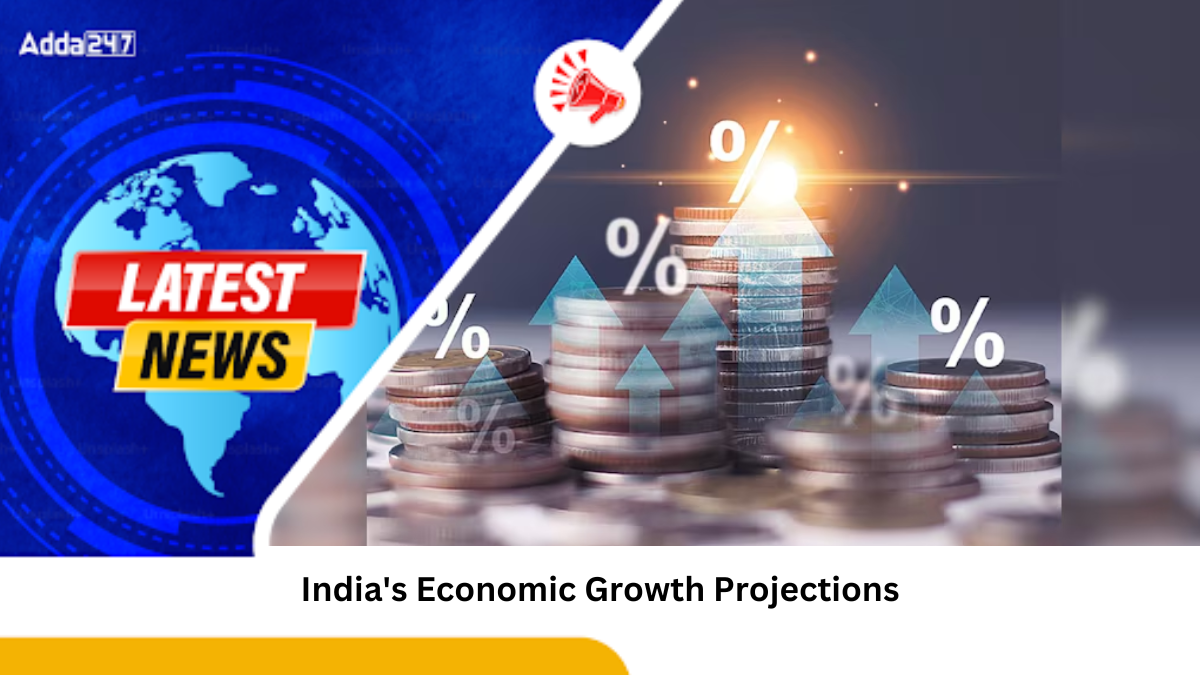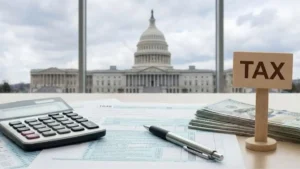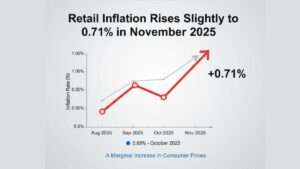The United Nations’ “World Economic Situation and Prospects 2025” report forecasts India’s economy to grow by 6.6% in 2025 and 6.7% in 2026, driven by robust private consumption and investment.
Infrastructure Investment as a Growth Catalyst
The public sector’s significant investment in large-scale infrastructure projects—including physical and digital connectivity, as well as improvements in sanitation and water supply—is expected to have strong multiplier effects on economic growth in the coming years.
Sectoral Contributions to Economic Expansion
The manufacturing and services sectors are anticipated to continue their expansion, further propelling the economy. Additionally, strong export growth in services and specific goods categories, such as pharmaceuticals and electronics, is projected to bolster economic activity.
Agricultural Outlook and Monsoon Impact
Favorable monsoon rains in 2024 have improved summer-sowing areas for all major crops, enhancing agricultural output expectations for 2025.
Regional Economic Outlook
South Asia’s economic growth is expected to remain robust, primarily driven by India’s strong performance, with the region projected to grow at 5.7% in 2025 and 6% in 2026.
Potential Risks to Economic Growth
The report identifies several risks to this optimistic outlook, including the possible escalation of geopolitical tensions, a deceleration in external demand, ongoing debt challenges, and social unrest. Furthermore, the region’s vulnerability to climate hazards, with extreme weather events posing significant risks, is highlighted.
Inflation Projections
Consumer price inflation is forecasted to decrease from an estimated 4.8% in 2024 to 4.3% in 2025, remaining within the Reserve Bank of India’s medium-term target range of 2–6%.
Global Economic Context
On a global scale, economic growth is projected to remain at 2.8% in 2025, unchanged from 2024, indicating a subdued international economic environment.
Opportunities and Challenges in Resource Utilization
The report also highlights opportunities for resource-rich developing countries, such as India, to boost growth, create jobs, and increase public revenues through rising demand for critical minerals. However, it warns that these opportunities come with considerable risks, necessitating forward-looking policies and comprehensive regulatory frameworks to ensure sustainable extraction and equitable benefit-sharing.
Summary of the news
| Key Points | Details |
|---|---|
| Why in news | The UN’s “World Economic Situation and Prospects 2025” report forecasts India’s GDP growth at 6.6% in 2025 and 6.7% in 2026. Inflation is projected at 4.3% (2025). |
| Projected GDP Growth (2025) | 6.6% |
| Projected GDP Growth (2026) | 6.7% |
| Projected Inflation (2025) | 4.3%, within the RBI’s target range (2–6%). |
| Key Drivers of Growth | Private consumption, infrastructure investments, manufacturing, and export growth (e.g., pharmaceuticals, electronics). |
| Agriculture Outlook | Favorable monsoon rains in 2024 boosted sowing areas for major crops, improving prospects for 2025. |
| South Asia Growth (2025) | Projected at 5.7%, with India’s performance driving the region’s growth. |
| Global Growth (2025) | Expected at 2.8%, indicating a subdued global economic environment. |
| Risks to Growth | Geopolitical tensions, external demand slowdown, debt challenges, social unrest, and climate hazards. |
| Report Released By | United Nations (UN). |
| Target Inflation Range | RBI’s medium-term inflation target: 2%–6%. |



 India’s Forex Reserves Rise by $1.68 Bil...
India’s Forex Reserves Rise by $1.68 Bil...
 India’s Net Direct Tax Collections Rise ...
India’s Net Direct Tax Collections Rise ...
 Retail Inflation Rises Slightly to 0.71%...
Retail Inflation Rises Slightly to 0.71%...







